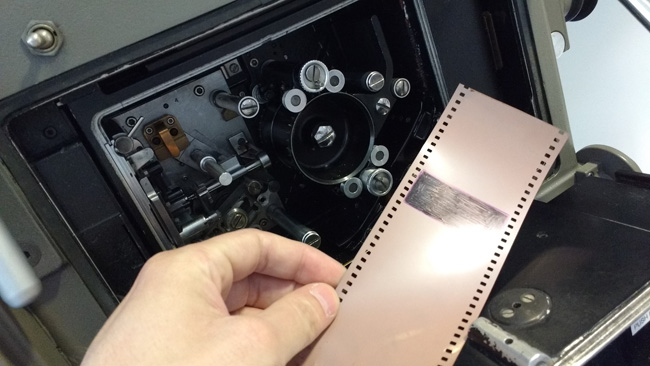
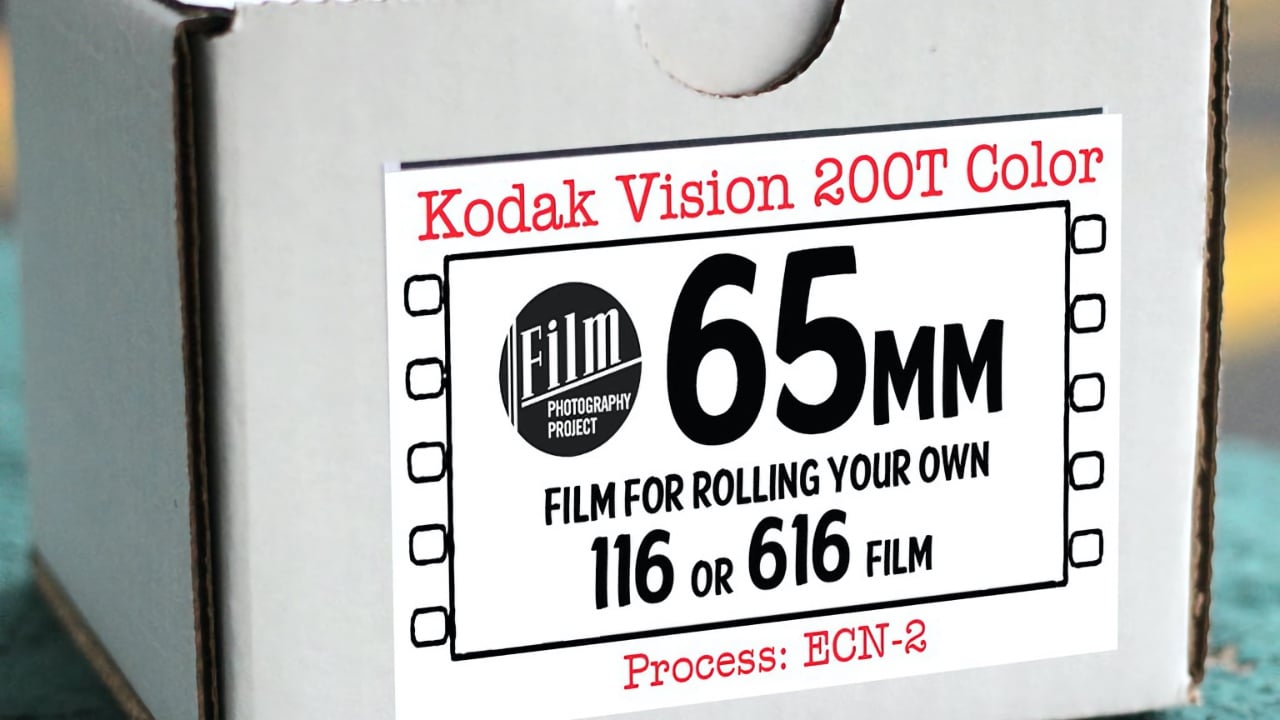
Kodak is selling more 65mm film than ever before. Is the world going analogue once again?
Kodak filed for bankruptcy in 2012. Key as the company was and is to photochemical motion picture production, that fact had very little to do with the movie business. A Panaflex might blast through the equivalent of more than 20 36-exposure rolls of stills film per minute and the market for film prints might have been even bigger. However, the comparative amount of movie production is so vanishingly tiny compared to stills that the decline of film manufacturing, sadly, has much more to do with the digitisation of photography than the digitisation of cinematography.
As such, 65mm is a niche product within a line of niche products, but it actually isn’t that surprising that Kodak sold more of it in 2019 than ever before.
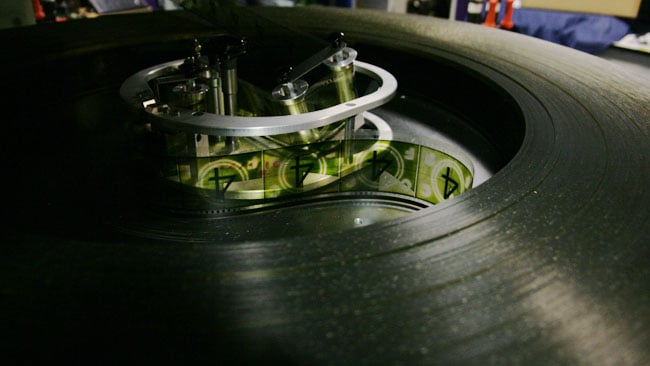
IMAX. OK, this is 70mm, but at some point, accept no substitute. Though to be fair most of the 65mm turned probably wasn't 15-perf
Let’s not get too excited; the company as a whole still isn’t exactly setting the world alight with its financial performance. The stock price fell from around $20 to under $5 between 2015 and the start of 2020. There’s lots to be said about the ability of big companies to be agile and deal with change, although by 2012, Kodak had been, at its heart, a photochemical materials company for almost a century and a quarter, so any solution to the effective end of that as a mass-market product would always have taken more than licensing the name to the inkjet printer world. Still, the part of Kodak that deals with film and TV work has always been one of the more financially robust parts of the business, even in the worst of times.
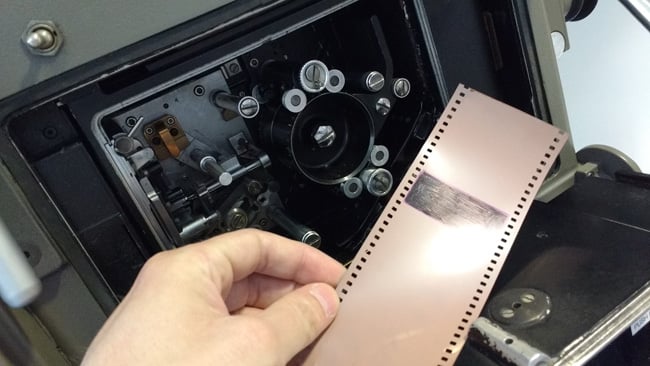
It's huge. Here seen with the Ultra Panavision 70 camera
And now, of course, is a promising time, though it’s not necessarily a good thing that the film business is becoming more and more of an all-or-nothing world in which productions are either outrageously cheap or outrageously high-end. That’s great if you work at the high-end, but in many markets, there has long been a lack of mid-level material and with it a matching lack of career options for people looking to transition gently out of the low-end. With a very scarce middle ground, people have to figure out a route from YouTube to Imax without any steps in between. What this also means is that productions are often split cleanly into one of two groups: either barely able to afford to feed the crew, or so well-funded that the costs of 65mm are comparatively trivial.
So there’s really no surprise that the high-end is flying so high. As we’ve said recently, there is no better time to get into that world, if that’s the world you want to get into (and be careful what you wish for). But as we’ve also said, the slate of super-high-end production may not last. Kodak’s promising headlines might not last. Even if they do it’s probably not enough to maintain the business at anything like the size it once was. Revenue overall declined last year. The 65mm thing is cherry-picked evidence, a blip on a graph, and corporate executives are often criticised for overreacting to blips on graphs.
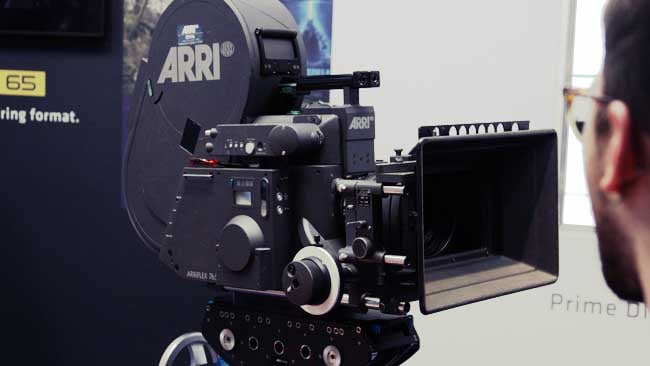
Arriflex 765
But it’s a nice blip, and one that’s prompted Kodak to invest in new manufacturing facilities. The details of that – whether it’s a consolidation of the remaining photochemical business, an expansion, or just a replacement of old machinery – are of course not really public, but we can at least say, unequivocally, that things could be worse.
Tags: Production


Comments